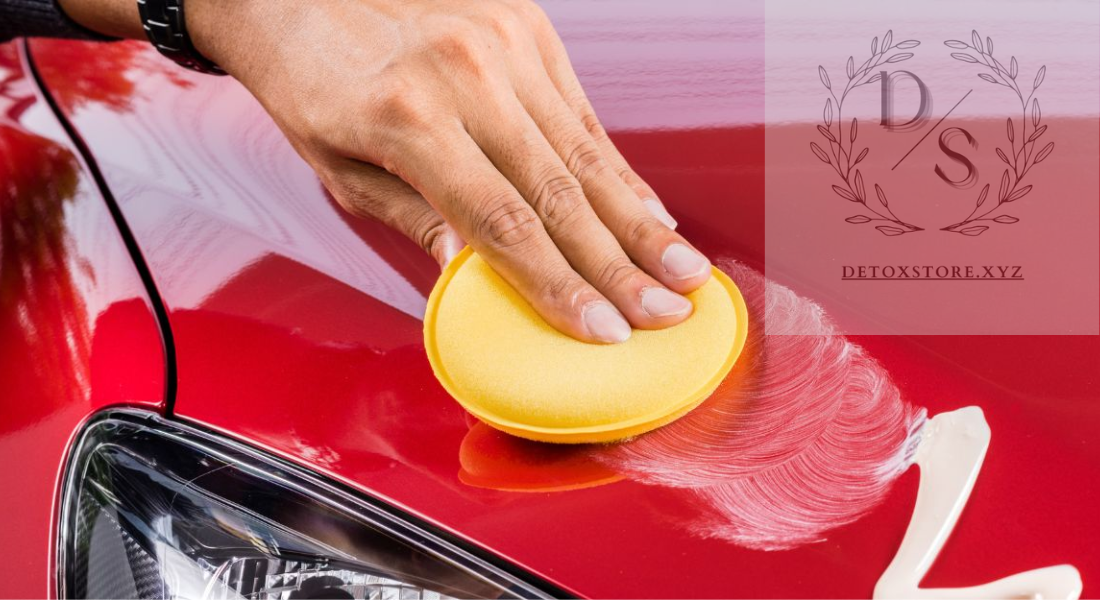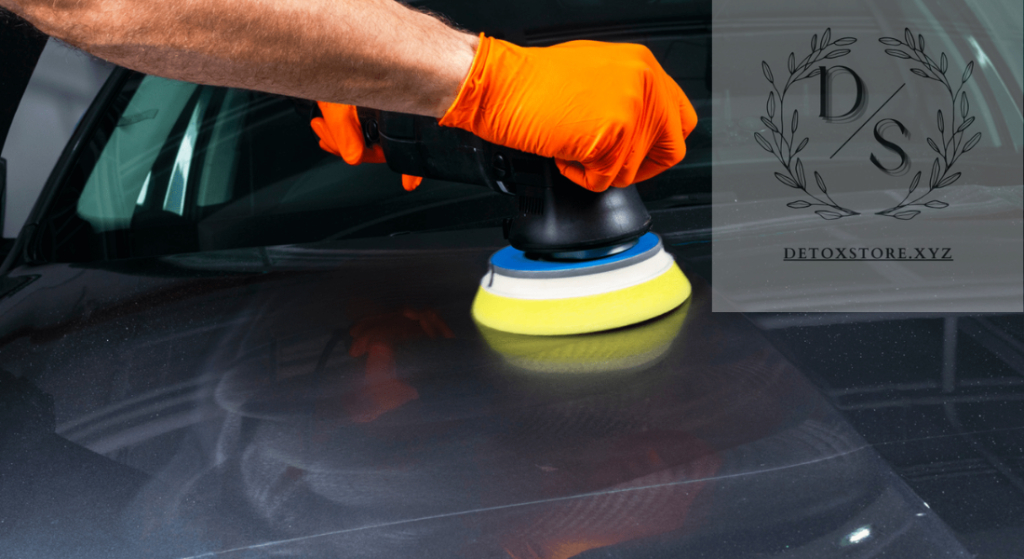Blog
The Ultimate Guide to Car Wax Application for a Long-Lasting Shine
Maintaining your car’s appearance goes beyond just a regular wash. A quality car wax application not only enhances shine but also provides a protective layer that shields your paint from environmental damage. From UV rays to dirt and road grime, wax acts as a barrier, preserving your car’s finish and helping it look newer for longer. If you’re looking to achieve a showroom-quality shine at home, this guide will walk you through the essentials of car wax application, including the tools, techniques, and tips for a flawless finish.
Understanding the Benefits of Car Wax Application
Applying wax offers more than just a glossy finish. Car wax forms a protective layer that helps prevent scratches, oxidation, and fading. Here’s a closer look at the key benefits:
- UV Protection: Exposure to sunlight can cause paint to fade. Wax creates a barrier that reflects UV rays, keeping your car’s color vibrant.
- Enhanced Gloss: Wax gives your car a smooth, reflective finish that makes it shine.
- Water Repellency: Water beads off a waxed surface, reducing water spots and making it easier to keep your car clean.
- Extended Paint Life: By protecting your car’s paint from dirt, chemicals, and environmental contaminants, wax helps preserve its integrity and longevity.
With the right car wax application technique, you’ll enhance your car’s appearance and add a layer of protection that’s worth the time and effort.
Choosing the Right Wax for Your Car
Before diving into the application process, it’s important to choose the right wax. There are three main types to consider: carnauba wax, synthetic wax, and spray wax.
- Carnauba Wax: Known for its deep, glossy finish, carnauba wax is a natural product derived from palm leaves. While it offers excellent shine, it may require more frequent applications.
- Synthetic Wax: Made from polymers and designed to bond with the paint, synthetic wax provides long-lasting protection and is easy to apply. It’s a great choice for those seeking durability.
- Spray Wax: Ideal for touch-ups and quick applications, spray wax is easy to use and adds shine but doesn’t provide the same level of protection as carnauba or synthetic wax.
Choosing the best type for your needs will make a significant difference in your car wax application results. For beginners, synthetic wax offers a balance of ease and longevity, while carnauba is ideal for those prioritizing a deep shine.
Essential Tools for a Smooth Car Wax Application
Using the right tools can make your wax application process smooth and efficient. Here’s what you’ll need:
- Applicator Pad: A soft, foam or microfiber applicator pad helps evenly distribute the wax without scratching the paint.
- Microfiber Towels: These towels are perfect for buffing and removing excess wax, leaving a streak-free shine.
- Electric Buffer (Optional): For those who want to speed up the process, an electric buffer can help apply and remove wax with minimal effort.
- Detailing Spray: A quick spray before waxing ensures a clean surface, removing any lingering dust or particles.
Having these tools on hand will streamline the car wax application and help you achieve professional-looking results.

Step-by-Step Guide to Flawless Car Wax Application
1. Wash and Dry Your Car Thoroughly
Starting with a clean surface is essential for effective wax application. Wash your car with a quality car shampoo, paying extra attention to dirt and grime. After washing, dry the surface completely to prevent water spots and ensure the wax bonds well.
2. Apply Wax in Small, Circular Motions
Take a small amount of wax on your applicator pad and apply it to the car in small, circular motions. Work section by section, as this allows you to cover each area evenly without rushing. Using too much wax can make it harder to buff off, so apply a thin layer for best results.
3. Allow the Wax to Haze Over
Once applied, let the wax dry until it develops a cloudy, hazy look. Check the product instructions for specific drying times, as these can vary between wax types. Allowing the wax to set properly ensures maximum bonding with the paint.
4. Buff the Wax with a Microfiber Towel
After the wax has hazed, use a microfiber towel to gently buff it off. Start with light pressure and increase as needed to achieve a smooth, even shine. Always use a clean side of the towel or switch to a new one when it becomes saturated to avoid streaks.
5. Repeat if Necessary
For an even deeper shine, consider applying a second layer of wax after buffing the first. This layer adds extra protection and enhances gloss. Just remember to let each layer dry fully before buffing.
Following these steps ensures a thorough car wax application that leaves your vehicle looking polished and protected.
Expert Tips for Long-Lasting Car Wax Application Results
Maximize your car wax results with these expert tips:
- Wax in the Shade: Direct sunlight can cause wax to dry too quickly, making it harder to apply and remove. Work in a shaded area or garage to keep the wax at the right consistency.
- Avoid Overlapping Layers: When applying multiple layers, be careful not to overlap too much, as this can create buildup and uneven patches.
- Use a Detailing Spray Between Applications: A quick detailing spray every few weeks helps maintain the wax layer, keeping your car looking freshly waxed.
- Apply Wax Every 3-4 Months: For the best protection, plan to wax your car every few months. More frequent applications may be necessary for carnauba wax, while synthetic wax often lasts longer.
Incorporating these tips into your car wax application routine will help maintain a mirror-like shine and lasting protection.
Common Mistakes to Avoid in Car Wax Application
While applying wax isn’t difficult, there are common mistakes to avoid for optimal results. Applying too much wax is one of the most common issues. A thick layer doesn’t improve protection; instead, it makes buffing more difficult and can leave residue. Skipping the washing step also leads to poor results, as dirt and dust particles can cause scratches when rubbed in with the wax. Another mistake is using old or worn-out towels for buffing. Fresh, clean microfiber towels provide the best finish, so swap them out as needed.
By steering clear of these common pitfalls, you’ll get better results and enjoy a smoother car wax application process.
Conclusion: Mastering Car Wax Application for a Showroom Finish
Learning how to apply car wax properly can make a noticeable difference in your vehicle’s appearance and longevity. By following a thorough car wax application process, choosing the right products, and using proper techniques, you can achieve a stunning finish that lasts. From the protective power of synthetic wax to the deep gloss of carnauba, there’s a wax to suit every need. Take the time to incorporate regular waxing into your car care routine, and you’ll not only improve your car’s look but also protect its value. Embrace the art of car wax and enjoy a brilliant shine that reflects your dedication to your ride.

